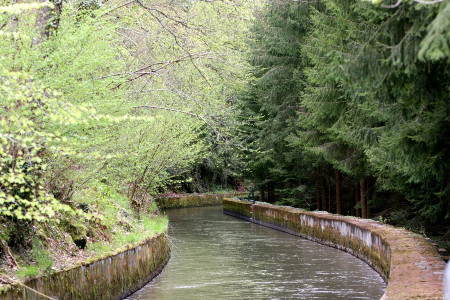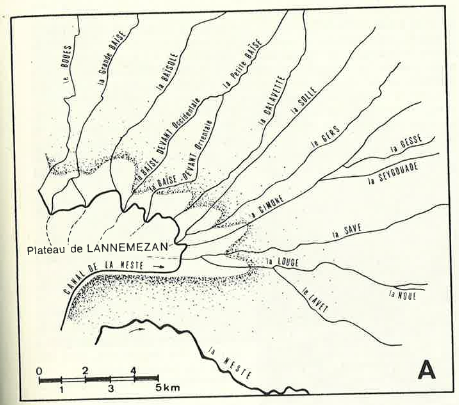 © Photo : Maxime Roussel
© Photo : Maxime Roussel
The benefits of this system are manifold: it supplies drinking water and dilutes domestic effluent for almost 280,000 inhabitants, preserves the habitat of a large number of natural species, supports low-water levels, and offers the possibility of developing recreational areas. Above all, agriculture in Gascony is largely dependent on this system, as it contributes to the irrigation of 50,000 hectares. Today, the Neste system is indispensable to the region's economic activities and the preservation of its biodiversity. However, although indispensable, it is vulnerable to global warming. The drought of summer 2022 highlighted the system's difficulties in the face of meteorological hazards.
Against this backdrop, the thesis will seek to identify the economic instruments that would enable better control of water resources, in order to guarantee the sustainability of the Neste system while at the same time ensuring the budgetary equilibrium of Rives & Eaux du Sud-Ouest. To this end, the thesis will mobilize two complementary approaches: a historical and an empirical one.
 © Information bulletin of the Coteaux de Gascogne Development Company n°7, October 1968, p.42-43
© Information bulletin of the Coteaux de Gascogne Development Company n°7, October 1968, p.42-43
The historical approach aims to study the CACG's archives in order to understand the tariff evolutions on the Neste system since 1906, and to highlight through history the specificity of this system. Drawing on the successes and failures of the past, the empirical approach will then enable economic levers to be devised through interviews and workshops with stakeholders in the Neste system.
.
Key words: Water pricing ; Water demand ; Water resources management ; Irrigation ; Economic instruments






